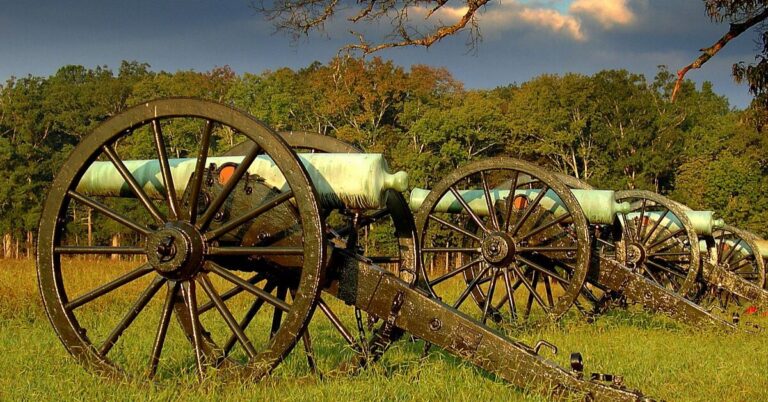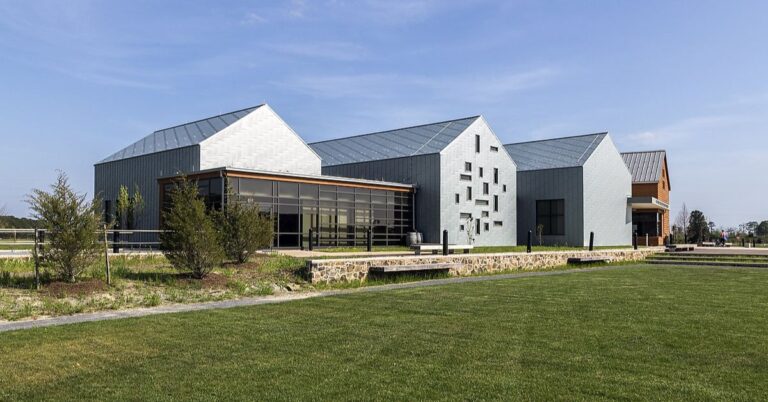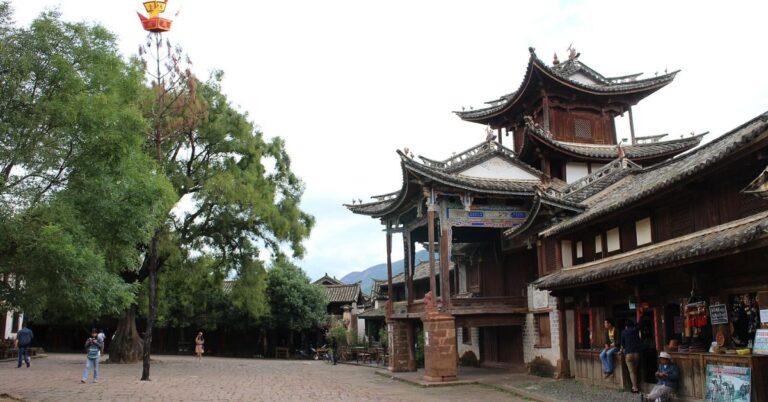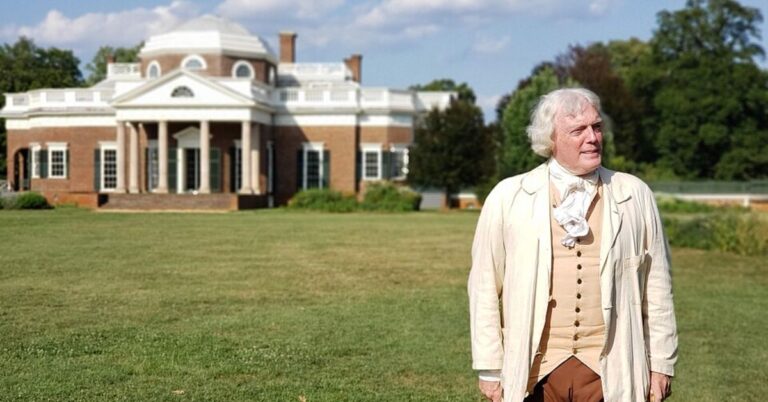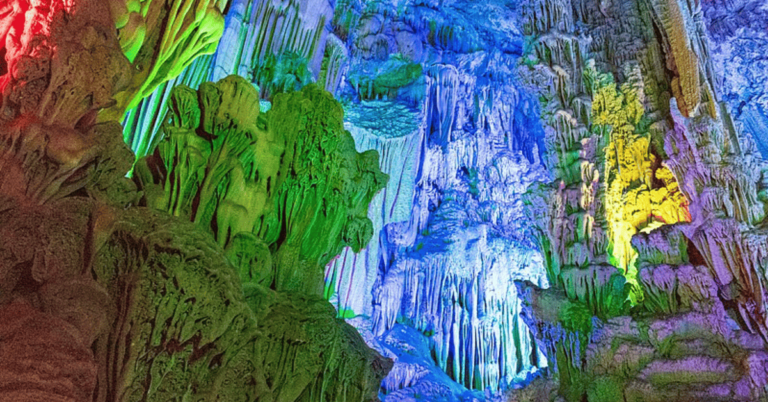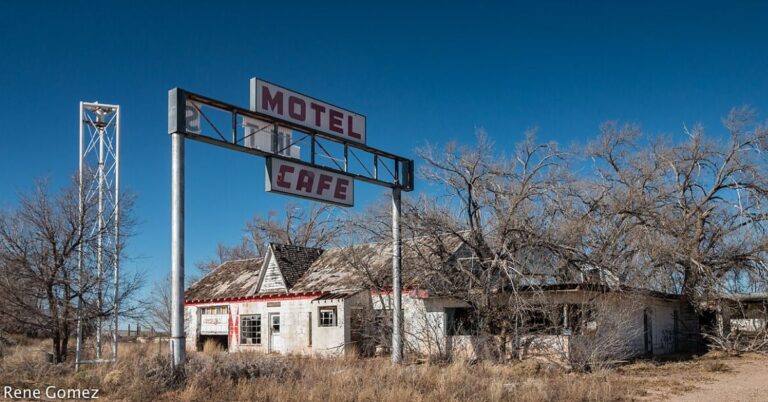15 Things You Should Know About The Lost Mining Town Of Utah
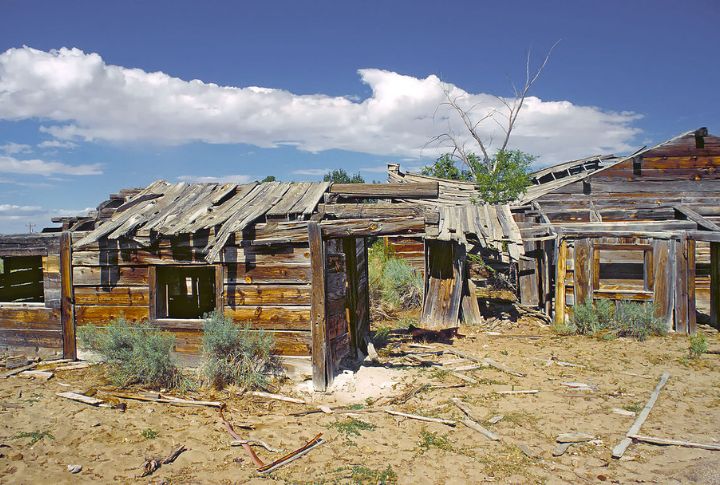
Frisco, Utah, isn’t haunted—but don’t tell the tumbleweeds that. Once a thriving mining hub, this forgotten town in the West Desert still whispers tales of silver strikes and smelter fires. Brochures may skip it, but the ruins don’t lie. What’s left behind draws in curious minds and offers a gritty glimpse of ambition and stubborn frontier charm. Here are 15 things worth knowing.
Native Silver Discoveries Sparked Interest
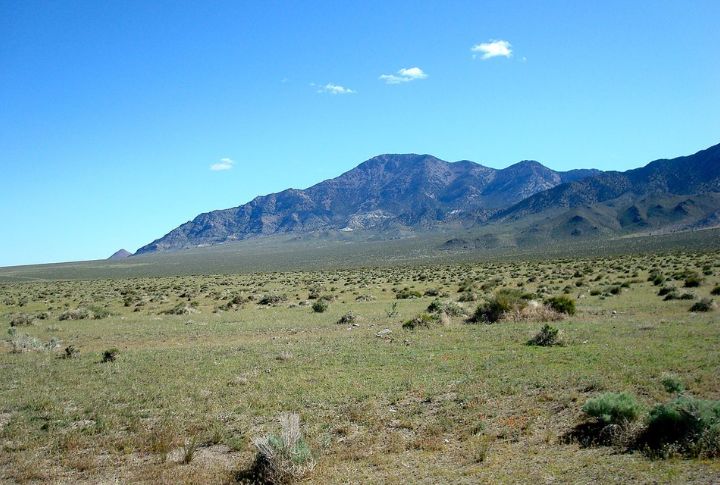
Rumors of silver-rich veins drew early prospectors to the San Francisco Mountains. In 1875, they struck high-grade ore at the site of the future Horn Silver Mine, just west of Frisco, igniting a rush that rapidly turned the barren desert into a bustling mining zone.
Early Prospectors Arrived Seeking Riches
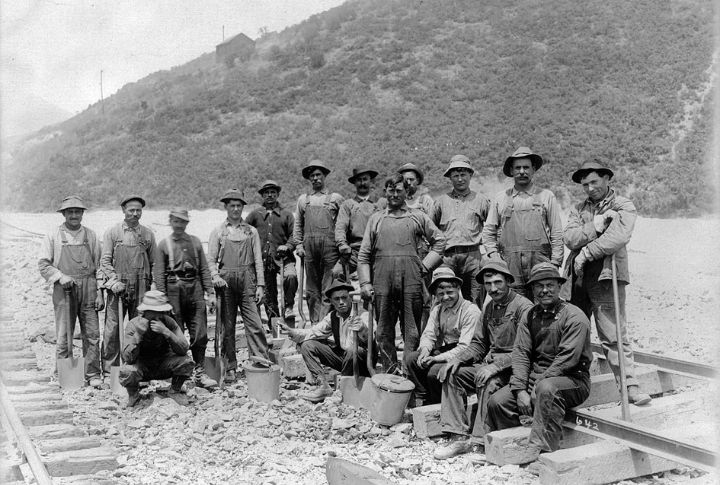
By the late 1870s, rugged adventurers from across the West descended on the area. They braved harsh desert conditions and hoped to find their fortunes in the rocky hillsides. These early arrivals laid the groundwork for what would soon become a bustling mining community.
Frisco Mining Company Started Operations
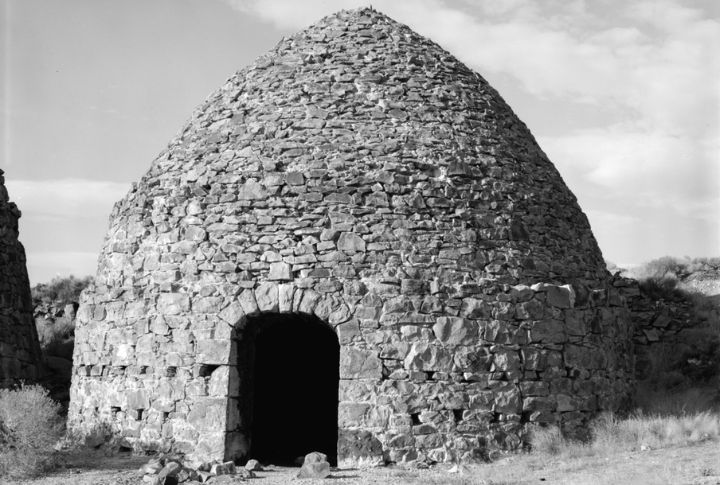
The Frisco Mining and Smelting Company quickly established itself as the district’s backbone. With the Horn Silver Mine at its core, the company built smelters and kilns, processing massive amounts of ore, drawing in a growing workforce from surrounding regions to support its expanding operations.
Silver Boom Turned Settlement Into A Town
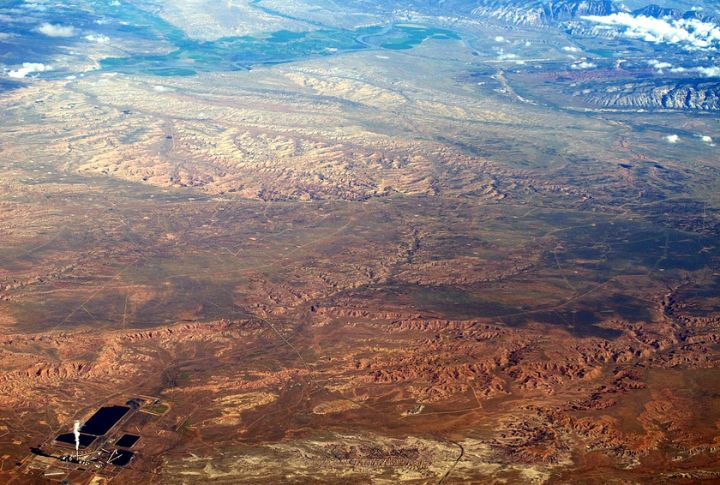
News of the silver bonanza spread fast, and Frisco grew from a cluster of tents to a full-fledged town. By 1880, hundreds called it home, and businesses sprang up to serve both miners and merchants. The promise of wealth kept the streets lively and the saloons busy.
Train Station Expanded Trade And Transport
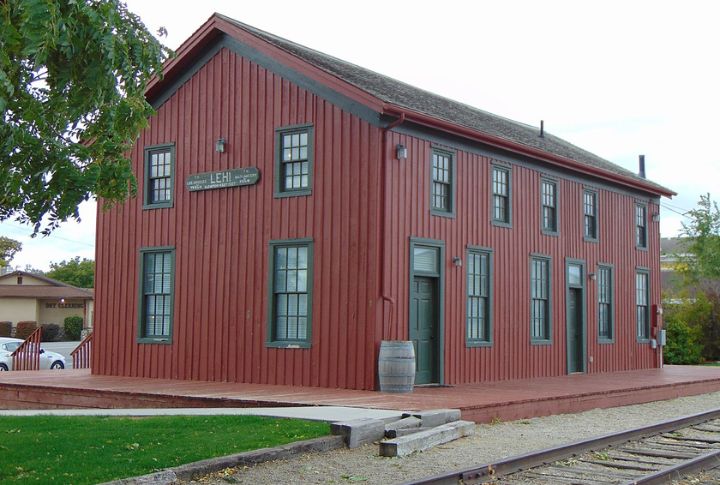
The arrival of the Utah Southern Railroad in 1880 changed everything. Suddenly, ore could be shipped to distant smelters, and supplies arrived with ease. Frisco’s economy boomed, and the town became a vital hub for the entire mining district.
Growing Population Boosted Local Businesses
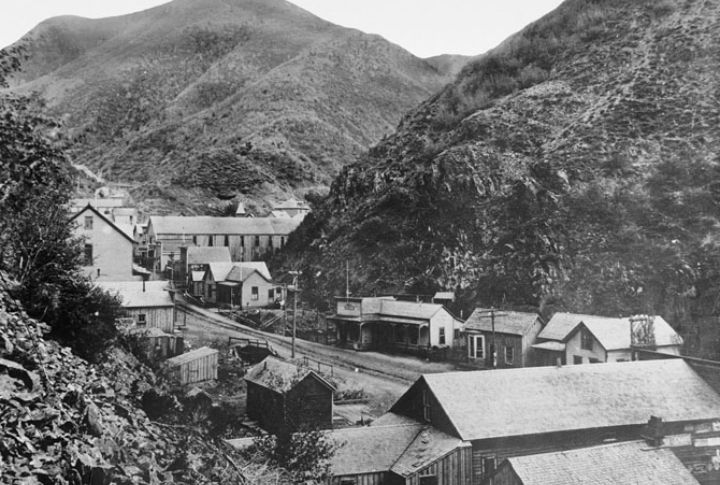
With thousands now calling Frisco home, the town was filled with dozens of shops, saloons, and services. Everything stretching from hardware stores to dance halls thrived, fueled by miners’ paychecks and the ever-present hope of a big strike.
Town Developed Schools And Public Spaces
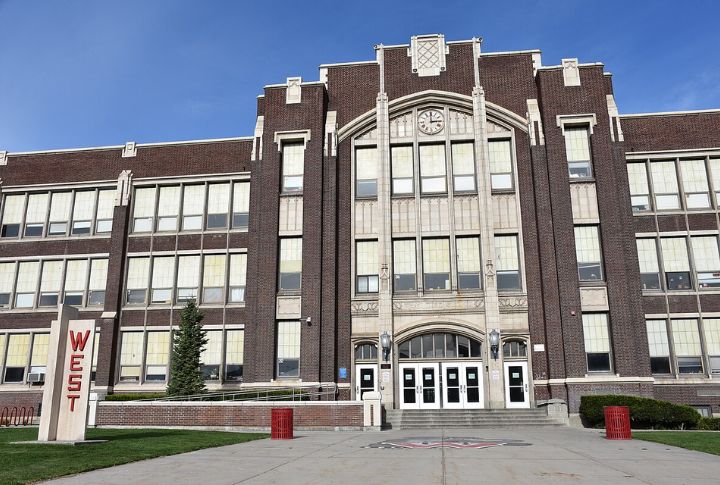
As families settled in, Frisco invested in education and community. Schools opened, and public spaces provided much-needed relief from the rough-and-tumble life of the mines. These efforts reflected the town’s growing sense of permanence and civic pride.
Smelter Fire Caused Economic Setback
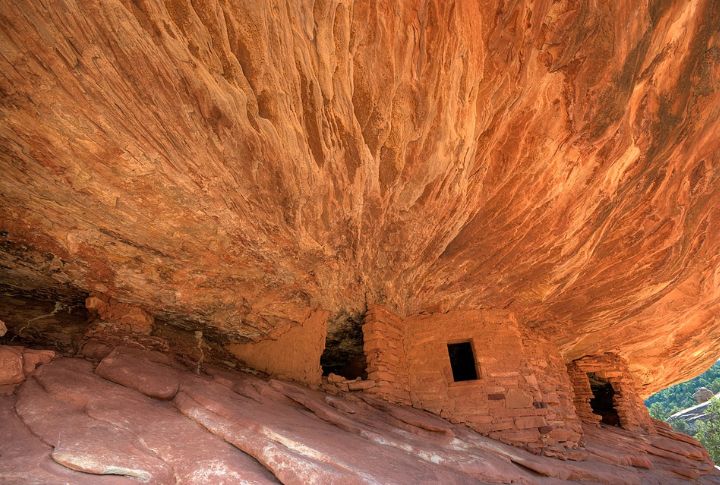
Sadly, after all that prosperity, disaster struck when a devastating fire swept through one of the smelters. The blaze destroyed valuable equipment and disrupted production, ultimately causing a harsh blow to the town’s economy. It reminded everyone of the risks inherent in mining life.
Mining Accidents Raised Safety Concerns

The dangers of underground work became tragically clear as accidents claimed lives and limbs. The infamous Horn Silver Mine collapse of 1885 shook the town, burying hopes and fortunes beneath tons of rock and prompting calls for better safety measures.
Declining Ore Forced Miners To Leave
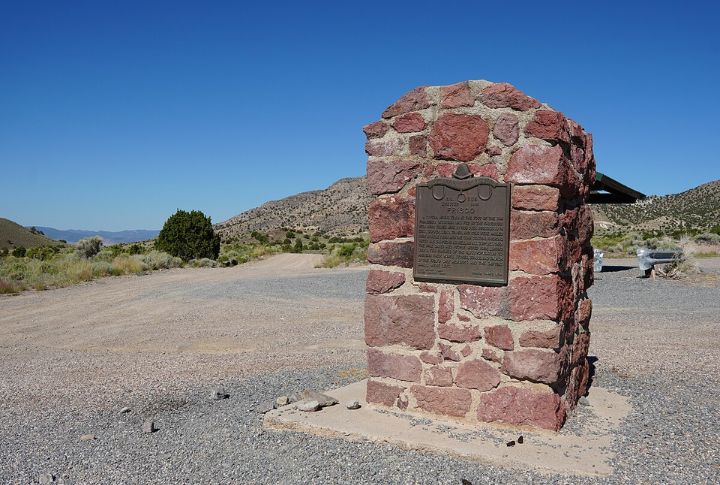
By the early 1900s, the richest veins had been exhausted. Miners packed up and moved on, searching for the next big strike. Businesses shuttered, and the once-bustling streets of Frisco began to empty as hope for renewal faded.
Bankruptcy Led To Rapid Population Drop

Financial troubles plagued the remaining mining companies. With mines closing and jobs disappearing, Frisco’s population plummeted. A town that once buzzed with life slowly slipped into silence and was kept alive only by a small group unwilling to leave.
Abandoned Buildings Became Desert Relics
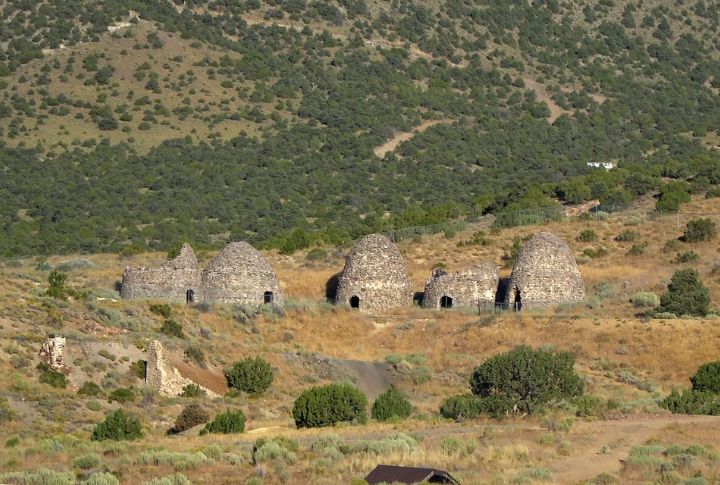
Empty stores and homes stood as silent witnesses to Frisco’s golden age. Weather and time took their toll, which turned once-proud structures into crumbling ruins. These relics became eerie landmarks in the desert, providing a habitat for wildlife and a stark visual contrast against Utah’s high desert ecology.
Ghost Town Status Attracts Curious Visitors

Frisco remains open for independent exploration, with no formal tours but accessible ruins, including charcoal kilns and collapsed mine shafts. Located off Utah State Route 21 near Milford, it draws photographers, historians, and off-road travelers intrigued by its preserved industrial remnants and eerie, unpolished authenticity.
Historic Preservation Efforts Gained Support
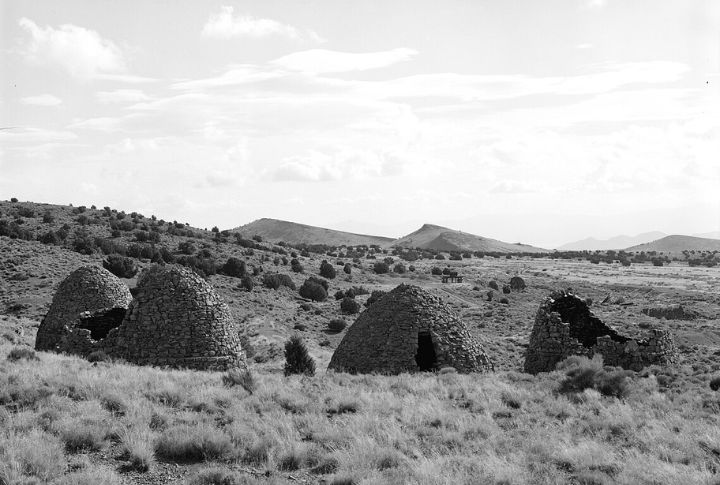
In recent years, interest in Frisco’s past has sparked preservation initiatives. Recorded as a historic site on the National Register in 1982, the charcoal kilns became a lasting reminder of the town’s past and a gift to future generations.
Lawlessness Fueled Frisco’s Rough Reputation
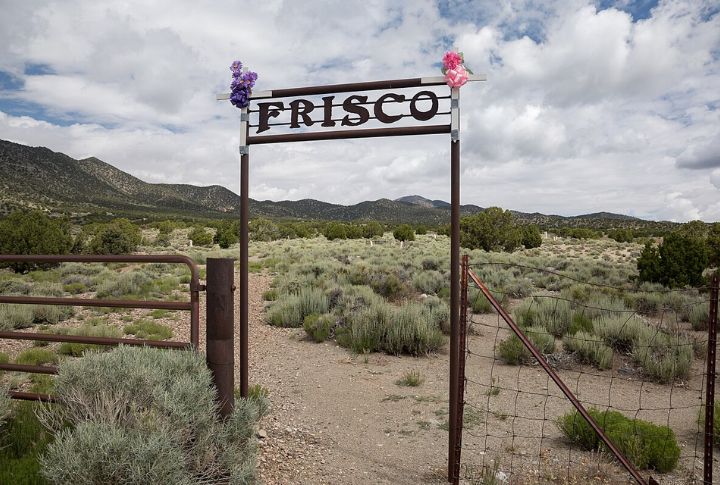
Frisco was once known as the most lawless town in the West. Rapid growth, high wages, and easy access to liquor created a volatile mix. Violence became routine, with gunfights erupting regularly. Moreover, the town lacked a proper jail, so offenders were chained to wooden posts overnight.

